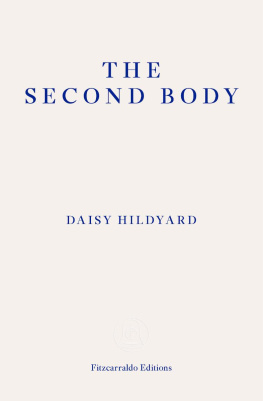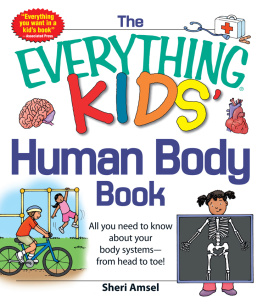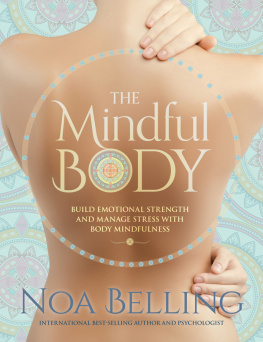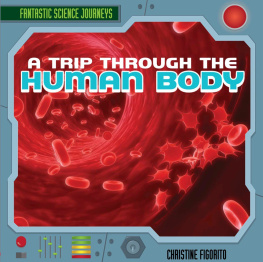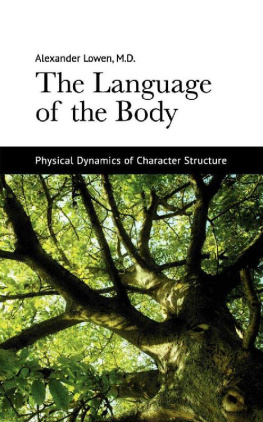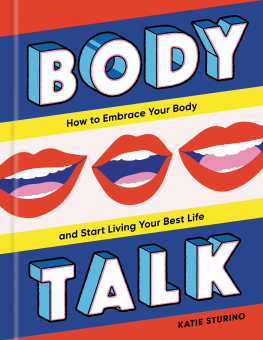In its insistence on the illusion of individuality and on the participation of human animals in the whole of earthly life, The Second Body might be an ancient text; in its scientific literacy and its mood of ecological disquiet, Daisy Hildyards book is as contemporary as the morning paper. If ecstasy means to go outside oneself, the word usually carries connotations of chaos and inarticulacy. Here, however, is a precise and eloquent ecstasy and this slender book on who we are beyond our own skins is likewise much larger than itself.
Benjamin Kunkel, author of Utopia or Bust
Daisy Hildyard has turned her curious, sifting, brilliantly original mind onto the pressing ecological questions of our age. The result is a series of essays as captivating as they are delightful, their object no less than to quietly rewire our thinking.
Sarah Howe, author of Loop of Jade
Hildyard takes us on a white-knuckle philosophical ride through identity, agency, ecology and molecular biology, leaving us vitally disconcerted, but with a strange new sense of community and solidarity. A curious, oblique, important, and fascinating book.
Charles Foster, author of Being a Beast
In The Second Body, Daisy Hildyard gives a body to an idea in a series of curious encounters that take us from the floor of a butcher shop to the computer room of a biologist to the wreckage of a flooded home. Heady and visceral both, this essay revels in the mess and splendour of the world.
Eula Biss, author of On Immunity
CONTENTS
I was alone in my kitchen when I noticed a small brown pigeon on the floor. The pigeon made a squeaking sound when I approached it, and I realized it couldnt fly. I crouched down until I was close enough to see the threads of pale fluff sticking out of its neck feathers: it must have been young. I tried to catch it but it was slipperier than Id have expected it went out of my hands like a fish. We stood looking at each other for a short while, and then I tried again. For a few seconds I had it in my grasp, and it did occur to me then that I could have wrung its neck and eaten it but I didnt I put it in the shed, and cared for it for a while. It was quite greedy and fell off the edge of a bucket once while trying to get at seed. Its legs leaned at an angle over its claws: L. The talons curved up out of the ends of each toe and didnt seem to actually touch the ground when it walked. It was definitely using its eyes I could only look at one of its eyes at a time. A very round pale brown eye which blinked. I could see its mind in its body. It turned its head every few seconds to get a proper view of me.
I fed my pigeon every morning for several weeks. It still wouldnt fly. I was worried it would be attacked by a rat weve had rats in the yard and one day I lost patience. I thought: it has to live for itself. I turned my pigeon outside and closed the shed door. The pigeon spent hours scuffling around on the concrete, and I nearly went out to collect it and let it back in, but then suddenly it was up on the roof. I didnt see it get there, and it rested for a while. Perhaps it will fall, I thought, but I was watching when two other pigeons, both grey, both larger than my pigeon, came for it. They were all on the grey roof together and then they all, at the same time, opened their wings and floated into the air, incredibly slowly. They were close together, and their wings made a kind of dome shape from where I was standing. It didnt look like they were flying so much as it looked like they were being pulled into space. I could see the three of them lifted further, and eventually they were so far away that I couldnt see them. It was December and the sky was almost white. Afterwards I went to the sink and cleaned and dried my hands. It was strange that the pigeon had previously been constrained by them.
It was around the same time that I started noticing the other animals. In the newspaper I saw images of eleven hippopotami which floated, dead, down a river in Binga, Zimbabwe. Dozens of barn owls fallen onto the Interstate-84 in Idaho. Tonnes of fish silvering the beaches in Montevideo, Uruguay. Hundreds of reindeer strewn across a plateau in southern Norway, after a freak storm.
Closer to home, I saw images of the corpses of sperm whales which had washed up on the coast at Skegness in England, some way to the south of where I live. I saw photographs of the bodies of pilot whales which had washed up, a few weeks later, on the coast in Fife in Scotland, some way to the north of where I live. I saw images of winter-resident waxwings arriving at a wetland reserve not far from my house. Usually only a few hundred waxwings settle there for the season, but this last year thousands and thousands and thousands of them came when they appeared over the horizon, the sky grew dark. In the summer, a study published in the journal Nature reviewed 370,000 ecological records from 1960 to 2012, and found that the seasons themselves were slowly drifting out of place.
While my small brown pigeon was flying away from me, it felt like these strange and prodigious animals were coming closer. I hadnt really noticed them before and then suddenly they seemed to be all over the place, landing on the beaches or bombing out of the sky. But still, none of these animals felt like they had anything to do with my pigeon because they just werent as real. Their strange behaviour was more like a representation of something and I found it difficult to put my finger on what exactly it was. I looked online at shots of chromosomes, hydrocarbon data, satellite images. I watched impressions of pure white ice shelves breaking off and floating away. But all those things, like the owls and the Uruguayan fish, seemed to embody a truth which felt conceptual or abstract to me. The pigeon, on the other hand, even if it was flightless and unable to live on its own, even if the squeaking sound it made was sometimes annoying, and could not realistically be called a coo, even so, it was definitely there and I had become involved with it. My pigeon and I found time for one another every day. In my job, I speak to people who work with animals, and they, too, often give me an impression that there are different ways to exist in a body: that there are truths about any body your body which are not quite the same as the reality of that bodys everyday life. The things I know to be true, in an abstract sense: satellite images, shots of chromosomes, hydrocarbon spreadsheets they dont always feel real. Meanwhile, the real, fleshy, living bodies, going about their business, cleaning their kitchens or trying to get at their seed, falling off their buckets they dont feel like they have much to do with the complicated truth about what is happening to life on earth. I find it hard to make myself much interested in this truth it feels far off. I dont want to hear about climate change or the biosphere, I want to hear about real people and real creatures. But there is a sense that the sky is getting dark and the horizon is moving nearer that I should be paying attention, because one day the distant ice shelf will come ripping through the tissue of my body through every body even if it appears, for now, that the bodies all around me are intact.
What does all this have to do with you? Everything. What do an American barn owl, a Zimbabwean hippopotamus and a Norwegian reindeer have in common? What they have in common is that they all have a relationship with your body they are all, in some sense, your responsibility. There is a way of speaking which implicates your body in everything on earth. Dead whales have something to do with you, the disorientation of the waxwing is indirectly your problem, the freak storm and the changing seasons are consequences of actions performed by your body. Meanwhile, in the human world, there are car bombs going off in Baghdad every day. Does this have anything at all to do with you? Moreover, a teenager in Kolkata is missing a thumb and you are wearing a pair of inexpensive gloves. Is there any connection there?

